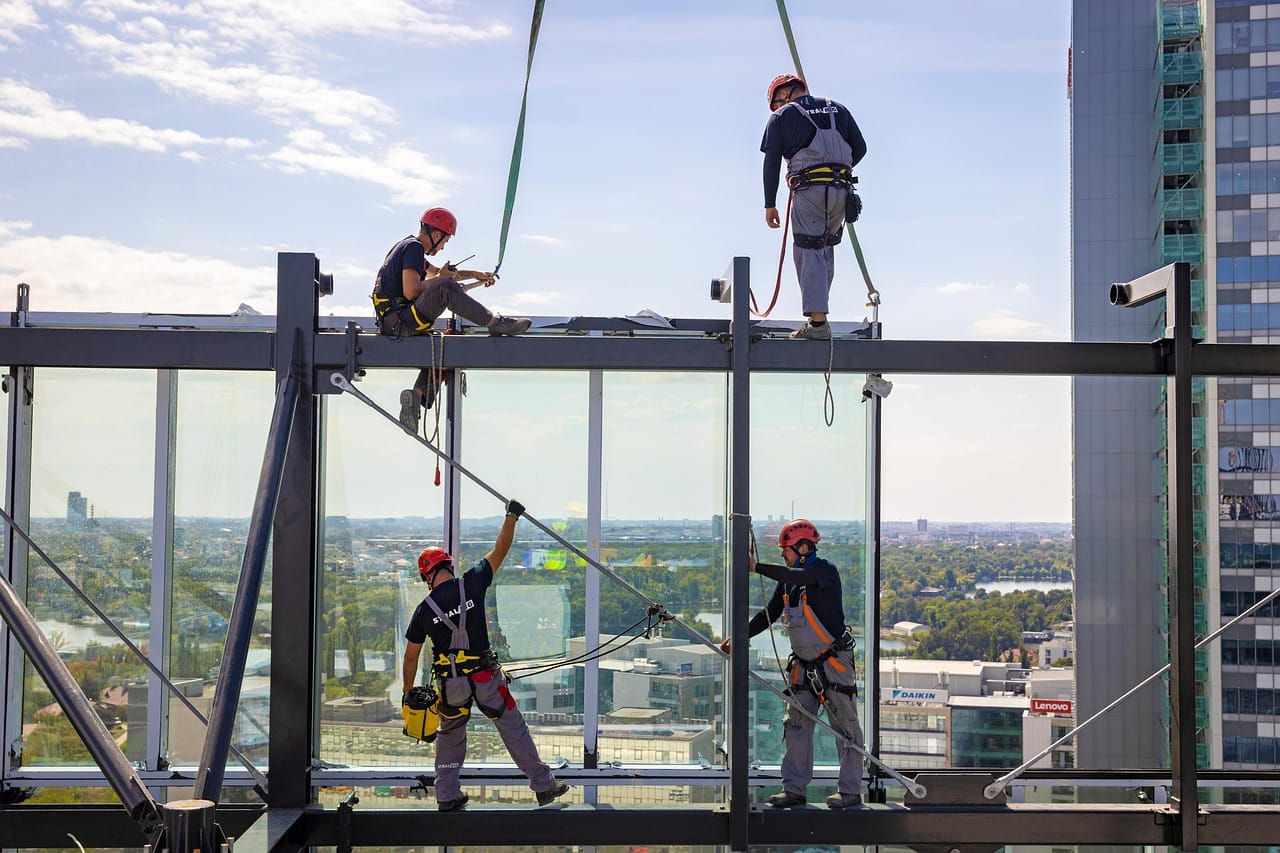Civil engineering is at the core of modern infrastructure development, continuously evolving with new technologies, materials, and construction methods. In an era of urbanisation, climate change, and technological advancements, innovation is key to ensuring projects are sustainable, efficient, and resilient. This article explores innovative approaches shaping the future of civil engineering.
Keywords: Civil engineering, Modern infrastructure, Sustainable construction, BIM technology.
1. The Evolution of Civil Engineering
Historical Developments
From ancient Roman aqueducts to 20th-century skyscrapers, civil engineering has constantly adapted to new challenges. Modern demands, such as population growth and climate resilience, drive the industry towards digitalisation and sustainable solutions (Smith & Jones, 2022).
The Need for Innovation
Urban expansion, resource constraints, and extreme weather events necessitate technological advancements in engineering. The industry is shifting towards smart infrastructure, automation, and low-carbon materials (Doe, 2021).
2. Key Innovations in Civil Engineering
Smart Cities and Digital Transformation
Smart cities leverage IoT sensors, AI-driven urban planning, and digital twins to enhance city management and infrastructure efficiency. These innovations optimise traffic, energy usage, and building maintenance (Johnson, 2023).
Building Information Modelling (BIM)
BIM technology revolutionises project planning by enabling real-time collaboration, 3D visualisation, and efficient resource allocation. It reduces errors and improves sustainability through precise material usage (Lee & White, 2020).
Prefabrication and Modular Construction
Prefabrication allows off-site assembly of building components, cutting construction time and waste. Modular construction is cost-effective, scalable, and ideal for high-density urban projects (Miller et al., 2019).
Sustainable and Resilient Materials
Advancements in materials include self-healing concrete, carbon-neutral cement, and recycled composites. These reduce environmental impact while enhancing infrastructure durability (Wilson, 2021).
Green Building Solutions and Circular Economy
Sustainable construction integrates solar panels, rainwater harvesting, and energy-efficient designs into projects. The circular economy approach minimises waste by reusing and recycling materials (Nguyen & Patel, 2022).
3. Challenges in Implementing Innovative Approaches
Adoption Barriers
Despite the benefits, resistance to change, high costs, and lack of skilled professionals slow down the adoption of innovative practices (Brown, 2022).
Regulatory and Compliance Issues
Innovative materials and methods must meet strict building codes, environmental policies, and safety regulations, which can delay project approvals (Clark, 2023).
Integration with Existing Infrastructure
Many cities have legacy infrastructure that cannot seamlessly integrate with modern technologies, requiring costly retrofitting and redesign (Taylor, 2021).
4. Case Study: High-Tech Civil Engineering in Action
The Singapore Smart Nation Initiative
Singapore’s Smart Nation program integrates automated public transport, AI-driven water management, and energy-efficient urban design, setting a benchmark for innovative civil engineering (Chen, 2023).
Sustainable Bridges in the Netherlands
Dutch engineers have pioneered bio-based bridges and self-healing asphalt, significantly reducing maintenance costs and extending infrastructure lifespan (Vermeer & Koster, 2022).
Conclusion
Innovation is transforming civil engineering, making infrastructure more sustainable, efficient, and adaptable. By integrating smart technology, advanced materials, and circular economy principles, modern projects are setting new standards for urban development and environmental stewardship. Embracing these advancements ensures that infrastructure remains resilient and future-proof.
References
- Brown, T. (2022) ‘Barriers to innovation in construction’, Journal of Civil Engineering Research, 15(3), pp. 102-115.
- Chen, Y. (2023) ‘Singapore’s Smart Nation initiative and urban development’, International Journal of Smart Cities, 8(2), pp. 200-218.
- Clark, R. (2023) ‘Regulatory challenges in innovative civil engineering’, Global Infrastructure Journal, 12(4), pp. 340-358.
- Doe, J. (2021) ‘The future of low-carbon infrastructure’, Sustainable Engineering Review, 14(1), pp. 45-60.
- Johnson, P. (2023) ‘AI and IoT in urban infrastructure’, Journal of Smart Technologies, 10(2), pp. 67-85.
- Lee, H. & White, M. (2020) ‘BIM adoption in sustainable infrastructure projects’, Journal of Digital Construction, 7(3), pp. 150-168.
What to Do
For expert insights into innovative civil engineering solutions, Contact Us today on 03 9964 5345 – info@synqron.com.au and explore how we can support your next project with cutting-edge solutions.






